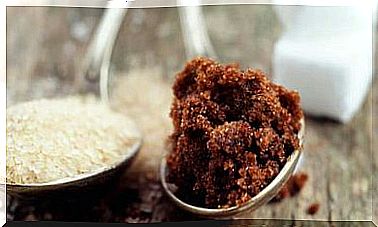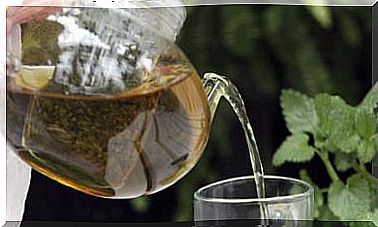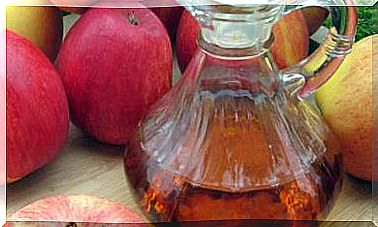5 Tasty And Original Recipes With Seaweed: Sea Vegetables
Cooking with seaweed
Algae are very nutritious sea vegetables that provide us with minerals, vitamins and antioxidants. They are always used in small doses, but it is interesting to include them with some frequency, especially if you consume foods rich in fiber, such as whole grains and legumes.
Certain algae, especially kombu, help make the fibers more digestive, and even enhance the flavor of food and make it more palatable.
In addition, they help to compensate for the nutritional deficiencies that occur in terrestrial vegetables due to the abuse of the soil and the methods of cultivation and harvest that are not respectful.
They give flavor and make your dishes healthier
Seaweed provides minerals such as iron, calcium, phosphorus, and iodine. The latter stimulates the thyroid and people with problems derived from this gland should be very cautious with its consumption, and so should those who have kidney problems, because the richness and concentration of minerals in the algae can interfere with the treatment they are following.
The algae also provide a type of fiber called mucilage, which stimulates the functioning of the large intestine, which allows a good daily elimination of waste. And they contribute to the elimination of purines of animal origin thanks to algenic acid.
At the same time, they help to strengthen the skeleton and have a regulating action on blood circulation. They stimulate the defenses, and can have analgesic, anti-inflammatory and alkalizing properties, among others.
Do not go overboard with the amount
Depending on the variety of seaweed used, the soaking time –when it is necessary to rehydrate them– varies in each case.
In terms of quantity, it is usually enough to use 3 to 5 grams dry, generally and per person. Once hydrated, their volume can increase up to ten times.
How to include them in your recipes
Once hydrated, we can sauté or cook them with other vegetables to accompany pasta or rice.
In tempura you get a healthy snack with a marine aroma, and in raw we can add them to a salad.
Instead of rehydrating them, they can also be roasted without oil in a pan and ground with a grinder, or purchased ground or flaked, to be used as a condiment for creams, salads or stews, among others. Its introduction into the kitchen only requires a little imagination.
In eastern countries there is a gastronomic tradition linked to seaweed, and they continue to use them in many preparations. This variety can also be ours if we add the aromas of the sea and its benefits to the dishes.









